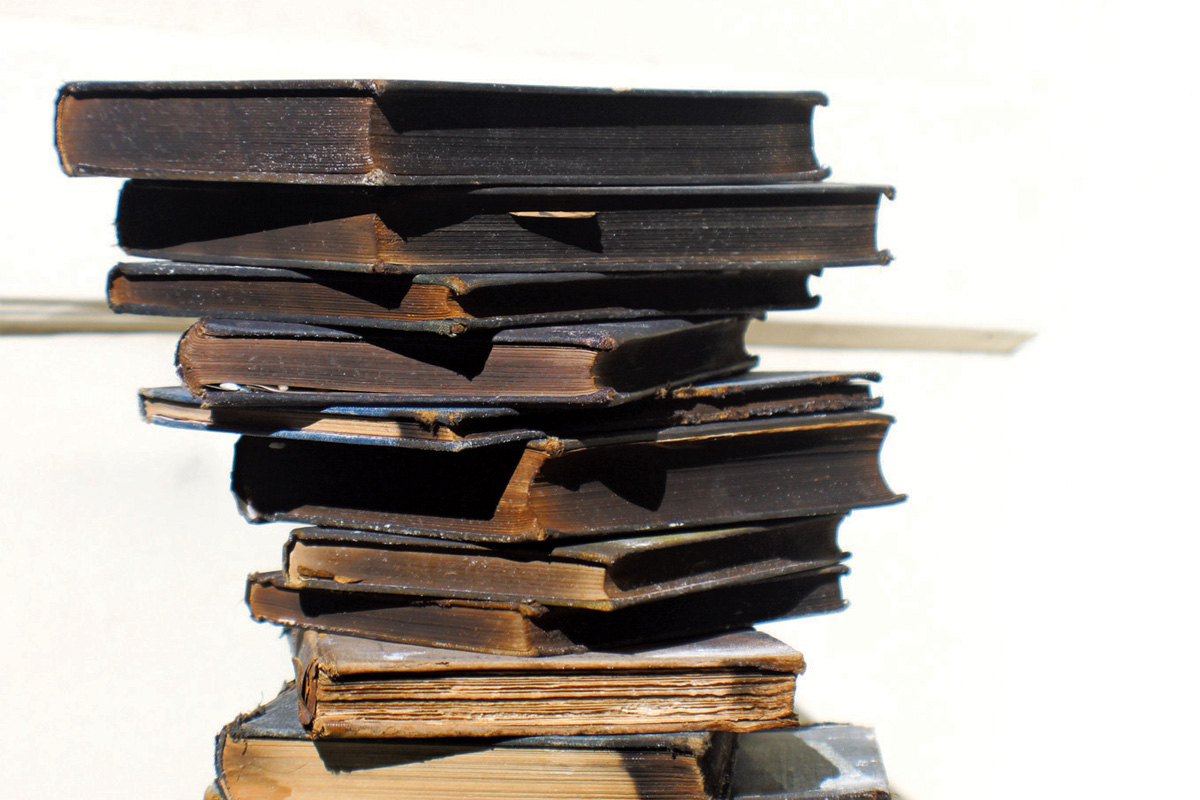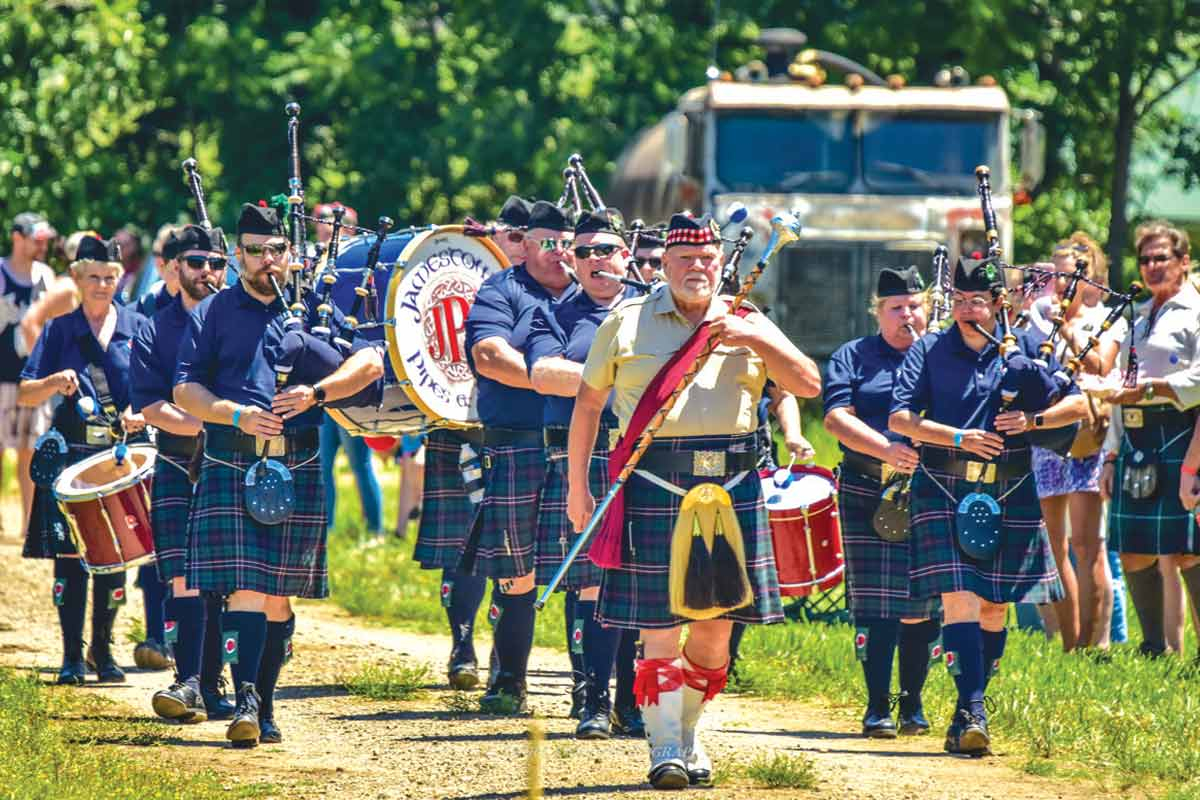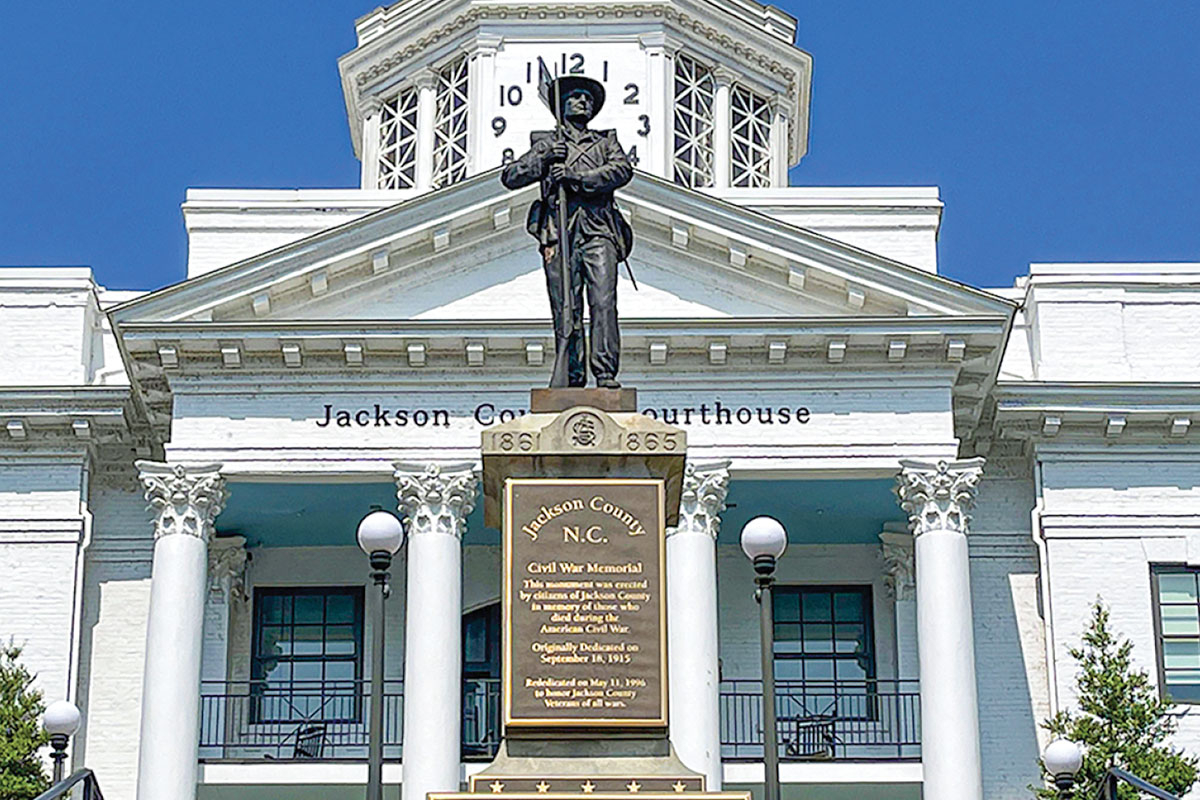Looking back at famous Americans
Every once in a while, I’ll read a book of history and want to throw a party: bottles of champagne, hors d’oeuvres, music, and even dancing, though I am as awkward on a dance floor as a Mississippi farm boy on ice skates for the first time. Encountering such a book leaves me giddy, “High as the flag on the Fourth of July,” as the song in the old musical “South Pacific” puts it.
Sept. 11, 2001
September 11 snuck up on me this year. I was listening to public radio this morning when they discussed commemorations happening today at Ground Zero.
All of a sudden it took me back to that Tuesday morning 19 years ago. In my world, the last 20 years of Tuesdays have been press days, the time when all hands are on deck at the newspaper as we try to finish stories, design the paper and send it to the press so it can be delivered on Wednesday mornings.
Beyond the waterfalls: Asheville writer releases first written history of DuPont State Forest
Danny Bernstein’s fascination with DuPont State Recreational Forest began soon after she moved to Asheville in 2001.
“The first hike I took in DuPont Forest was to High Falls,” Bernstein wrote in her new book DuPont Forest: A History. “Like other visitors, I gawked and stared at the falls as I clicked one shot after another. It was a spectacular waterfall. Then I turned around and spotted a tall chimney on a hill. I walked up the wooden steps and saw that the chimney had a fireplace on two sides. A date had been engraved in the concrete. No other clue, no plaque, no sign — I was not in a museum. But I knew there was a story here beyond the waterfalls.”
Southern pride has a dark history
To the Editor: Haywood County 2020: I can’t drive down the street without seeing a representation of a Confederate flag. It’s flying in my neighbor’s yard, waving from the backs of unnecessarily jacked up trucks, and on T-shirts, hats and bumper stickers. Let’s be honest, you can’t swing a possum without hitting the stars and bars.
One long, three short: reviews and reflections
We are, at our core, remembering and story-making creatures, and stories are one of the chief ways we find meaning in the flow of events.
Historical consciousness is to civilized society what memory is to individual will.
The Anthony Amendment: Women’s suffrage in NC and beyond
When the United States Constitution was adopted in 1787, left to the states was the power to determine who should be allowed to vote in elections. While several states indeed permitted some women to vote in various elections, the right of suffrage was far from universal.
A feast for readers: A Poor Man’s Supper
The years following the Civil War brought great changes to Western North Carolina. The railroads penetrated these coves and mountains, carrying tourists, flat-landers and goods to small towns previously isolated by their forbidding terrain. Following the railroads were the timber barons, eager to harvest the ancient forests and able now to move and sell the lumber to outside buyers. Though many of those native to the region remained in poverty, others were able to make their fortunes in the mountains.
Entwined with slavery: A brief local history
By Peter H. Lewis • AVL Watchdog | By 1860, about 15 percent of the population of Western North Carolina was enslaved. Only a small percentage of the White settlers, who had pushed out Indigenous Native Americans, owned slaves — about 2 percent of households, according to Katherine Calhoun Cutshall, collections manager, North Carolina Room, Pack Memorial Library — and of those, most owned one or two. The majority were owned by a handful of elite families, whose names are commemorated throughout the region.
What’s in a name? For Asheville, signs point to history of racism
By Peter H. Lewis • AVL Watchdog | Vance, Patton, Woodfin, Henderson, Weaver, Chunn, Baird — their names are familiar to anyone living in Asheville and Buncombe County today. All were wealthy and influential civic leaders honored by having their names bestowed on statues, monuments, streets, schools, parks, neighborhoods, and local communities.
Dragging Canoe was Cherokee’s greatest military leader
Historian E. Raymond Adams has maintained that the warrior with the curious name of Dragging Canoe was “the greatest military leader ever produced by the Cherokee people.” A review of Dragging Canoe’s military career doesn’t reveal many great victories that he led, but it does indicate that he was a clever and resourceful military leader who was able to sustain significant “dark and bloody” opposition to white settlement for many years.






















